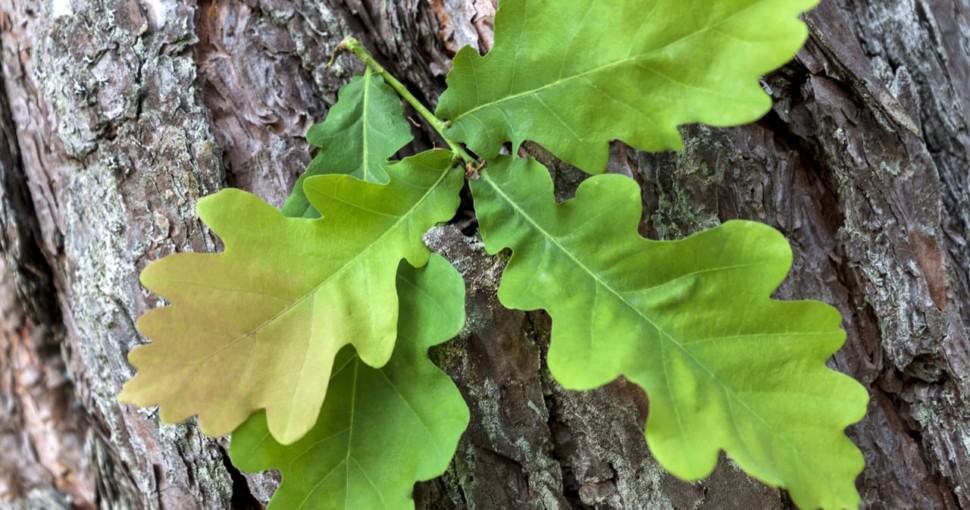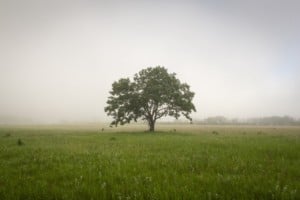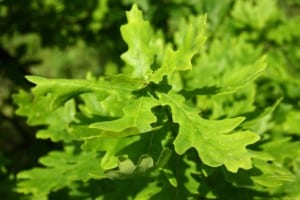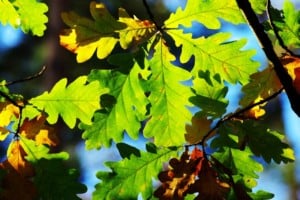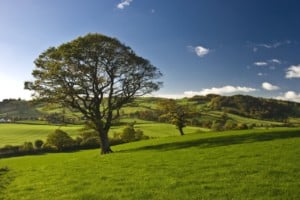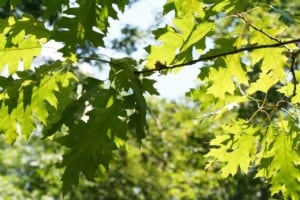If you want to grow Oak Trees in New Jersey, you’ve come to the right place! New Jersey is home to many species of Oaks that can grow up to 70 to 90 feet. These deciduous trees produce sturdy wood and excellent fall foliage. Read on to discover the types of Oak Trees in New Jersey!
Contents
- 1. Northern Red Oak (Quercus Rubra)
- 2. Black Oak (Quercus Velutina)
- 3. Scarlet Oak (Quercus Coccinea)
- 4. Pin Oak (Quercus Palustris)
- 5. White Oak (Quercus Alba)
- 6. Swamp White Oak (Quercus Bicolor)
- 7. Chestnut Oak (Quercus Michauxii)
- 8. Bear Oak (Quercus Ilicifolia)
- 9. Dwarf Chinkapin Oak (Quercus Prinoides)
New Jersey experiences a humid subtropical climate with warm, humid summers and cold winters. Meanwhile, North Jersey has a continental climate, especially the northwestern area of the state, which is the snowiest. Flanked by the Delaware River and the Atlantic Ocean, New Jersey is blessed with a versatile landscape. It has pine forests and salt marshes in the east, especially closer to the Atlantic Ocean. It also has shallow lagoons and meadows.
New Jersey is home to a wide range of tree species, including Hazel Adler, Silver Bell, Birch, Dogwood, Spruce, Holly, and Oaks, including Red Oak, a New Jersey native. Moreover, it also has the ideal soil and sun to grow a wide array of Oak Trees, including Black Oak, Scarlet Oak, White Oak, and Dwarf Chinkapin Oak.
With more than 600 species, Oak Trees are one of the most popular trees in the world. These deciduous and evergreen species are part of the Quercus genus. They are impressively durable trees that can live up to 200 years; some species live up to 300 years!
Oak Trees produce rounded or ovate acorns with scaly, warty, sometimes hairy, flat cups. These acorns attract varied wildlife, including bears, squirrels, turkeys, geese, cows, rodents, and more. Oaks also have attractive green leaves, non-showy blooms, and distinctive barks. Most of these trees have spectacular red, scarlet, yellow, and purplish-red fall foliage. The durable wood from Oak species is regularly used in the timber industry to produce tools, furniture, ships, musical instruments, cupboards, basket weaves, flooring, and other wooden objects.
Here are some types of Oak Trees that you can easily grow in New Jersey:
1. Northern Red Oak (Quercus Rubra)
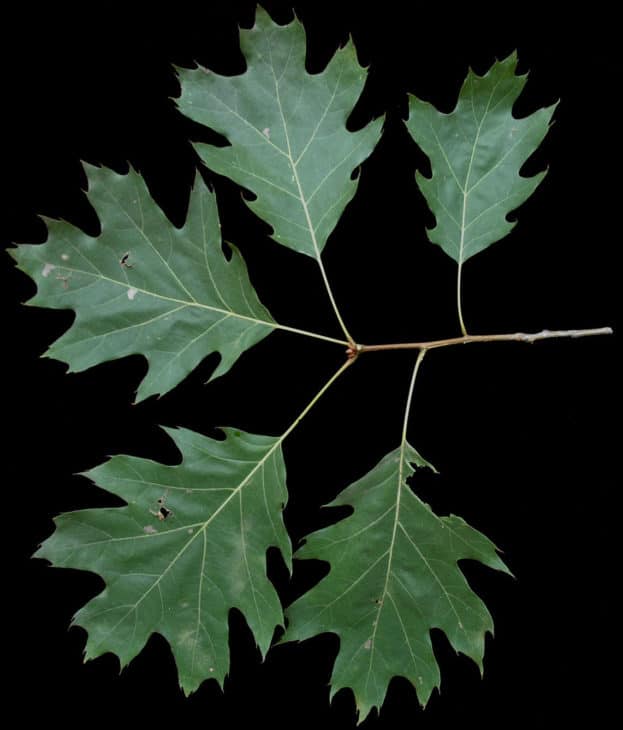
Northern Red Oak is one of the most popular Oak species. This tree grows up to a mature height of 50 to 70 feet. It has an irregular, broad, spreading crown adorned with dark green, lobed, lustrous, sharp-edged leaves. This tree has brownish-red fall foliage. It also yields non-showy blooms that give way to rounded acorns with flat, saucer-shaped cups. This durable tree grows well in sunlit sites in medium moist, free-draining, acidic, fertile soils.
2. Black Oak (Quercus Velutina)
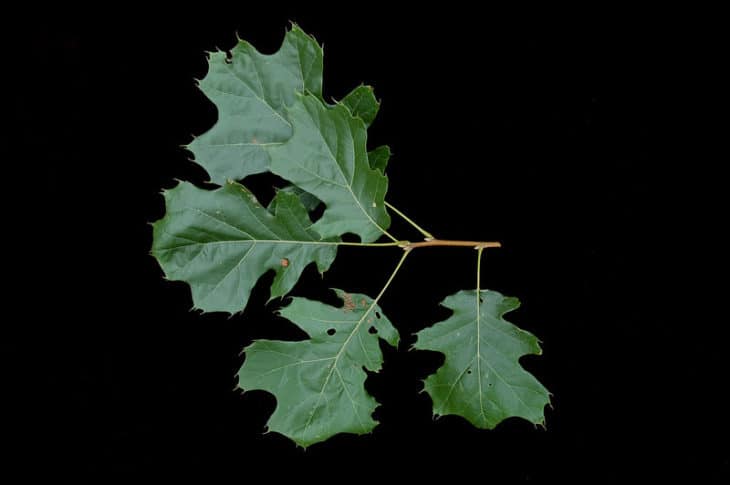
Black Oak is a distinctive Oak Tree with a black-hued dark. This tree grows up to a mature height of 50 t0 60 feet. It features a spreading, globular crown decorated with deciduous, shiny, lobed, bristle-edged, leathery, dark green leaves. Black Oak produces non-showy, monoecious blooms and elliptic acorns. This tree has yellowish-brown, yellow, and dull red autumn foliage. It grows well in sunlit sites in free-draining, moist, organically rich soils.
3. Scarlet Oak (Quercus Coccinea)
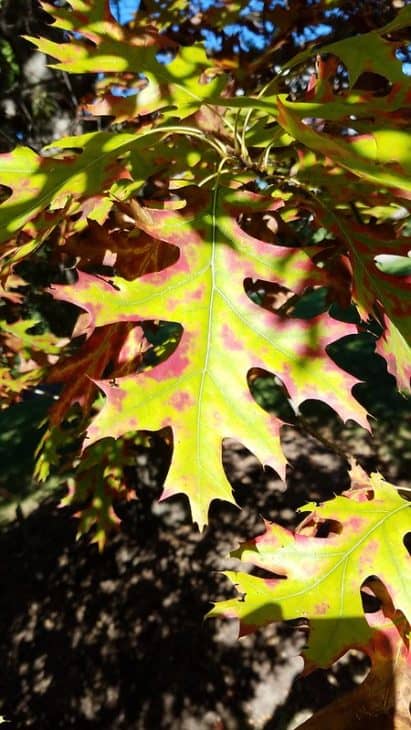
Scarlet Oak is a tall southeastern Missouri native Oak species that grows up to a mature height of 70 feet tall. This deciduous specimen has an open, rounded crown decked with deeply bristle-tipped, glossy, dark green, lobed leaves. It has spectacular scarlet fall foliage, hence the name. This tree grows insignificant, monoecious blossoms. Scarlet Oak thrives in free-draining, sandy, dry, acidic soils.
4. Pin Oak (Quercus Palustris)
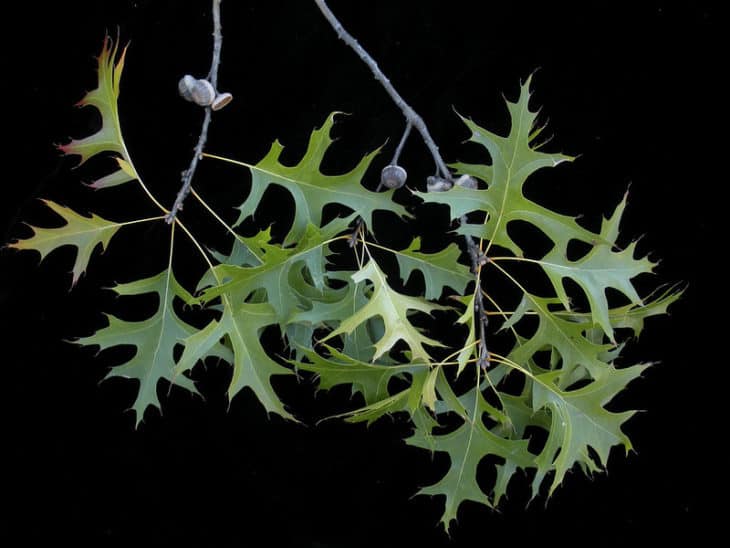
Pin Oak is another tall Oak species that grows to a mature height of 50 to 70 feet tall. It features a pyramidal, broad crown with ascending, horizontal, and descending branches. It also has deciduous, lobed, dark green, glossy foliage and non-showy, green blooms that give way to ovate or rounded acorns with saucer-like cups. Pin Oak has deep red autumn foliage. This tree thrives in moist, free-draining, acidic loams in sun-kissed sites.
5. White Oak (Quercus Alba)
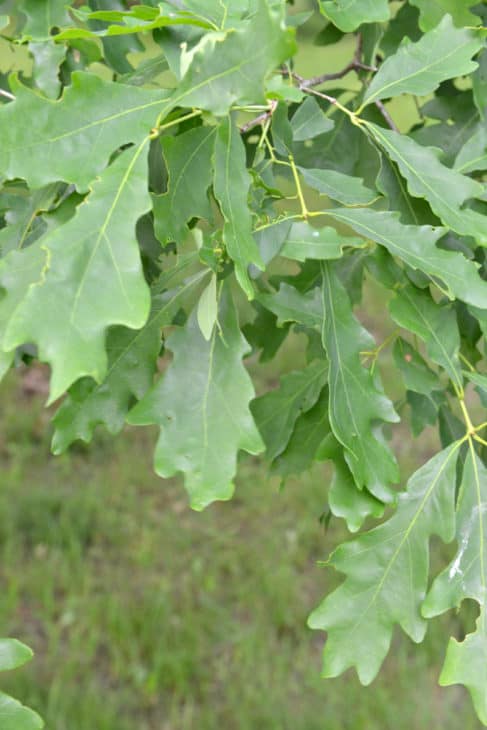
White Oak is a popular Oak species with deciduous, lobed, dark green leaves. This tree grows to a mature height of 50 to 80 feet. It has a wide-spreading, rounded to pyramidal crown decked with dark red to brown foliage in autumn. White Oak also grows yellowish-green spring blooms that give way to oval acorns with flat, scaly cups. This tree thrives in moist, free0draining, acidic, rich soils in sunlit sites.
6. Swamp White Oak (Quercus Bicolor)
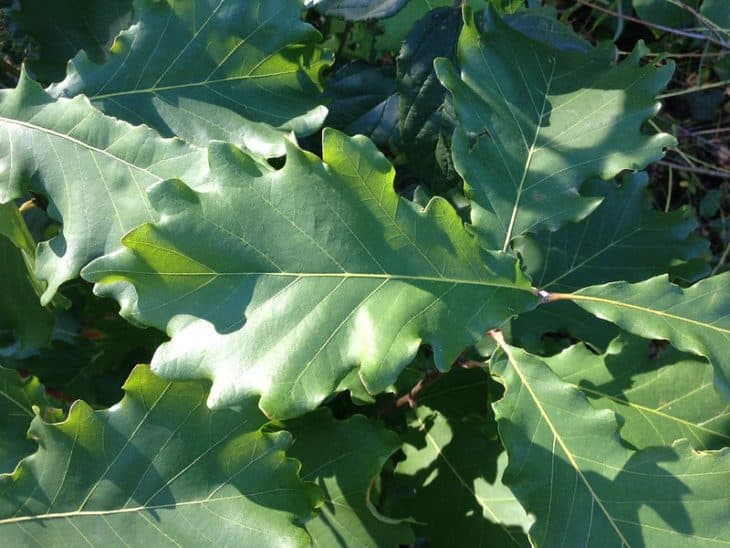
Swamp White Oak is a drought-resistant, deciduous specimen that grows exceptionally well in acidic, wet, free-draining soils in sunlit sites. This tree grows to a mature height of 50 to 60 feet. It features a rounded, broad crown accompanied by a stout trunk. Swamp White Oak has shiny, dark green, blunt-edged foliage with white-silver undersides. It also grows non-showy blooms and acorns. The foliage of this tree develops reddish-purple and yellow hues in autumn.
7. Chestnut Oak (Quercus Michauxii)
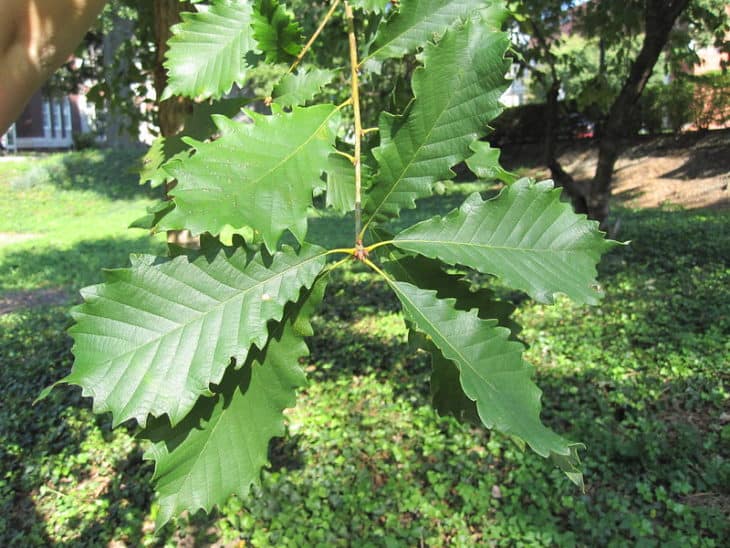
Also known as Swamp Chestnut Oak, this tree has a narrow, rounded, and tight crown decorated with shiny, obovate, green leaves with hairy, grayish undersides, wavy margins, and rounded large teeth. This tree grows to a mature height of 40 to 60 feet. It has pretty dark red fall foliage. Chestnut Oak produces non-showy blossoms that give way to scaly and hairy cupped acorns. This deciduous specimen grows well in sunlit areas in free-draining, moist, acidic loams.
8. Bear Oak (Quercus Ilicifolia)
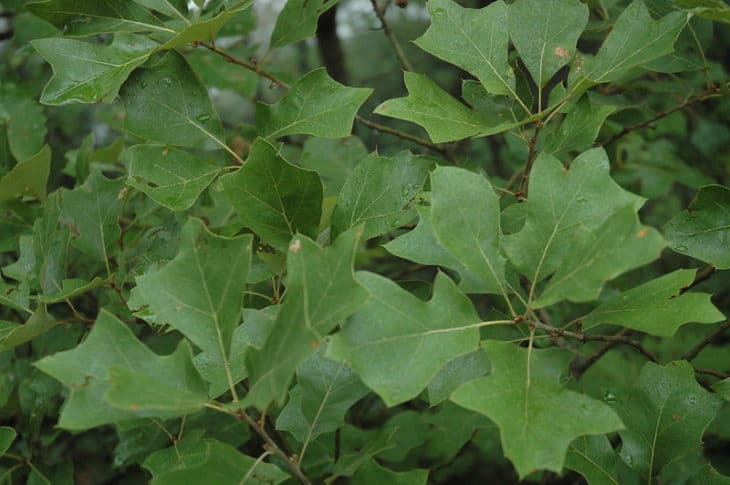
Also known as Scrub Oak, Bear Oak is one of the smaller Oak Trees in the US. This gnarled tree rarely exceeds the mature height of 12 to 20 feet. It’s known as Bear Oak because only bears consume its bitter acorns. This hardy specimen grows as a shrub in tickets, woodlands, and shrublands. It features lobed, teethed, green leaves and a ridged or plated bark. It grows dry, split-resistant, bitter acorns. Besides New Jersey it’s common in the region in states such as Maine.
9. Dwarf Chinkapin Oak (Quercus Prinoides)
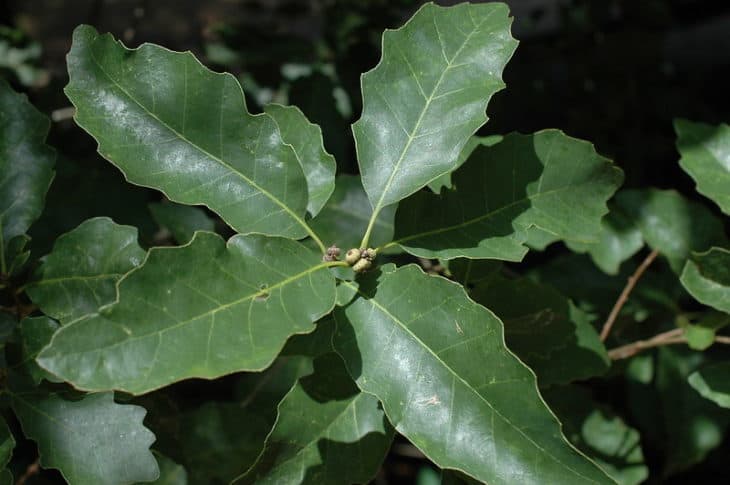
Dwarf Chinkapin Oak features monoecious, non-showy flowers that are followed by ovoid, tan acorns. It also has a narrow and stout trunk that meets its ovoid or irregular crown. You can grow this tree as a shrub with a mature height of 2 to 12 feet or a small tree with a mature height of 20 feet. This tree is decked with broadly elliptic, obovate, or ovate, lobed, pinnate, green or greenish-yellow foliage with greenish-gray, hairy undersides. Dwarf Chinkapin Oak thrives in loamy or sandy soils and full sun.

